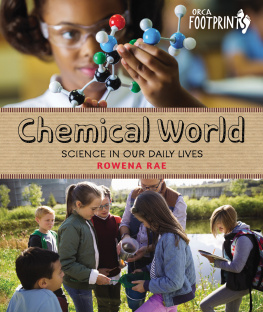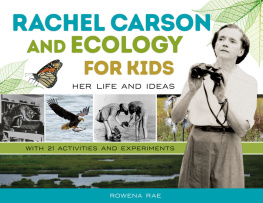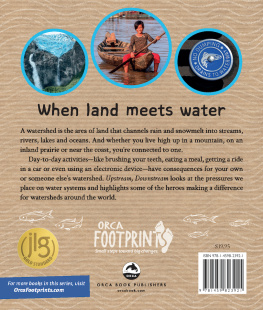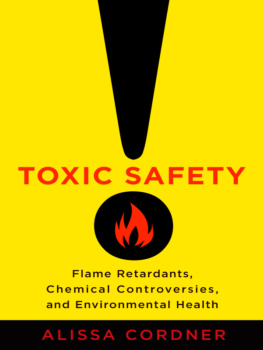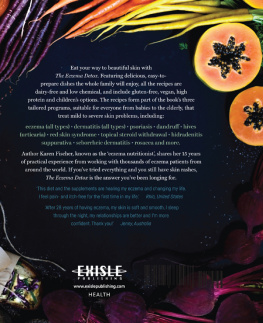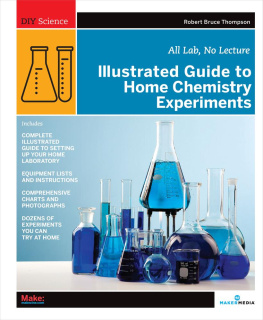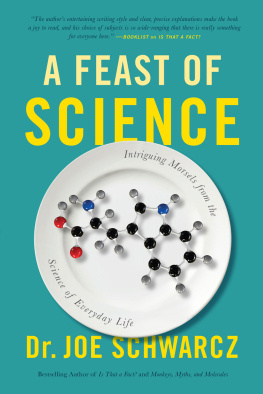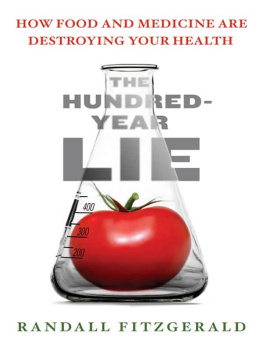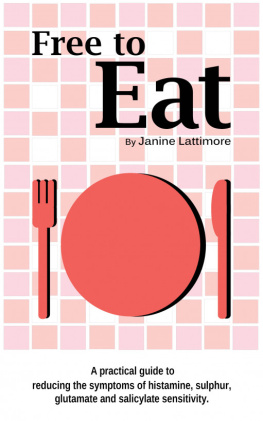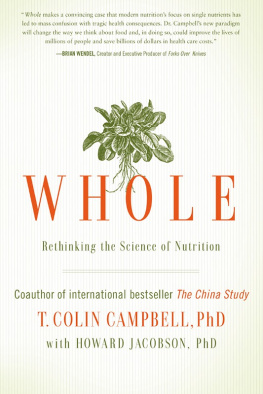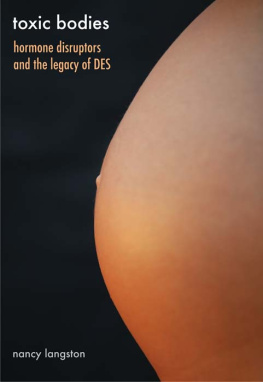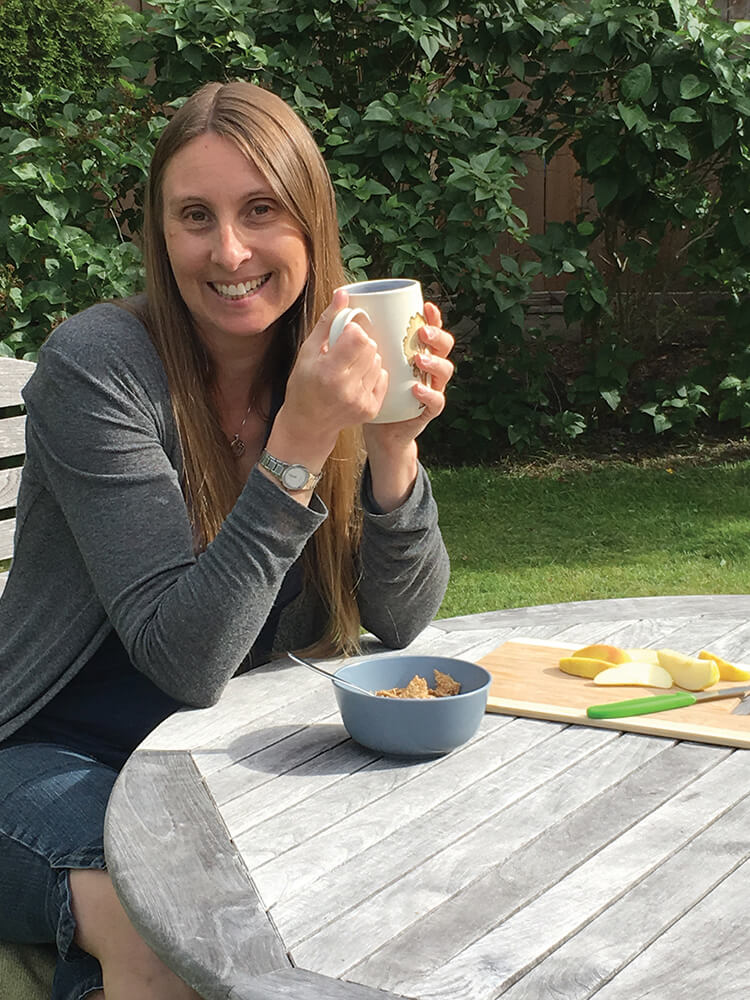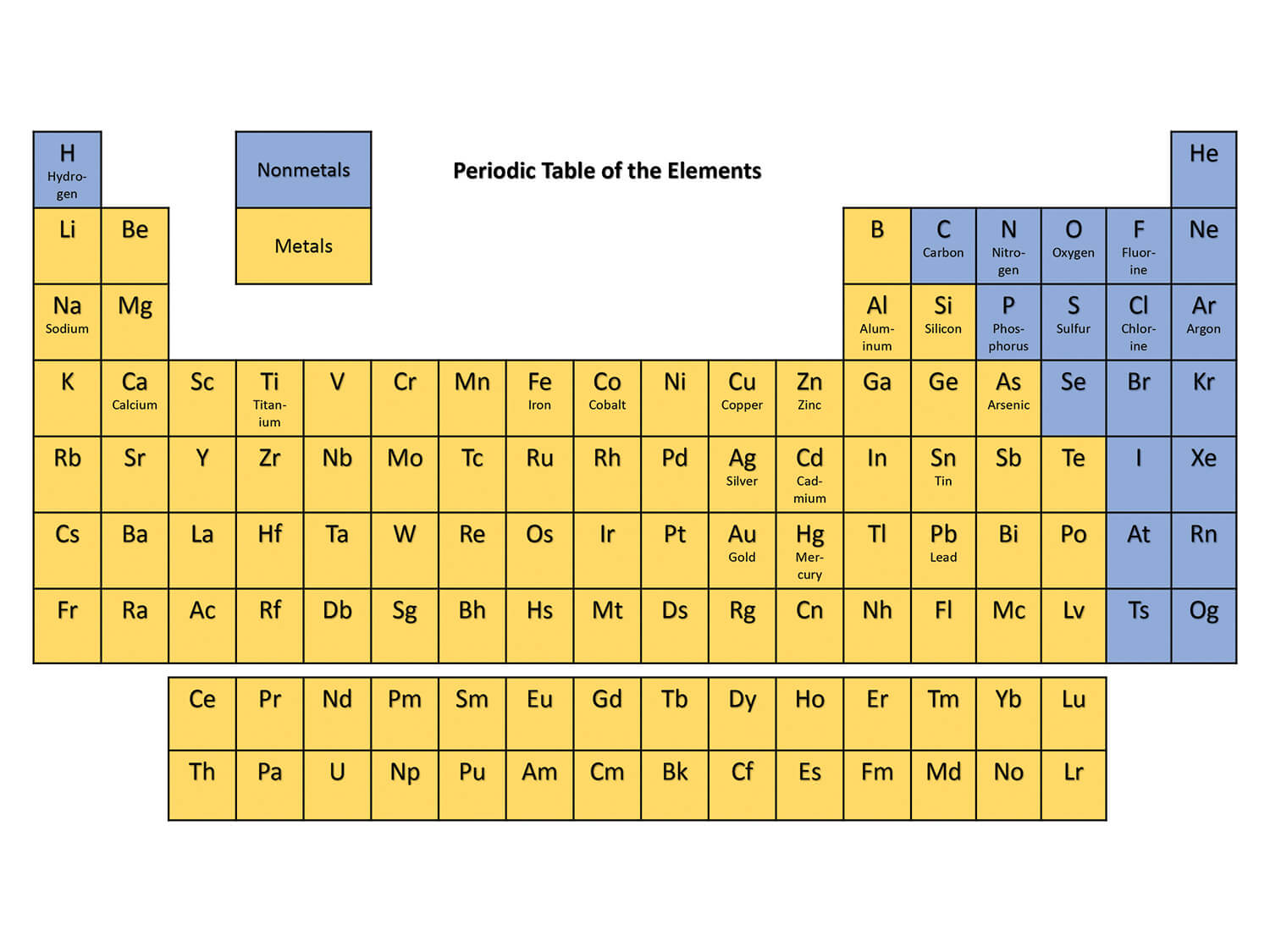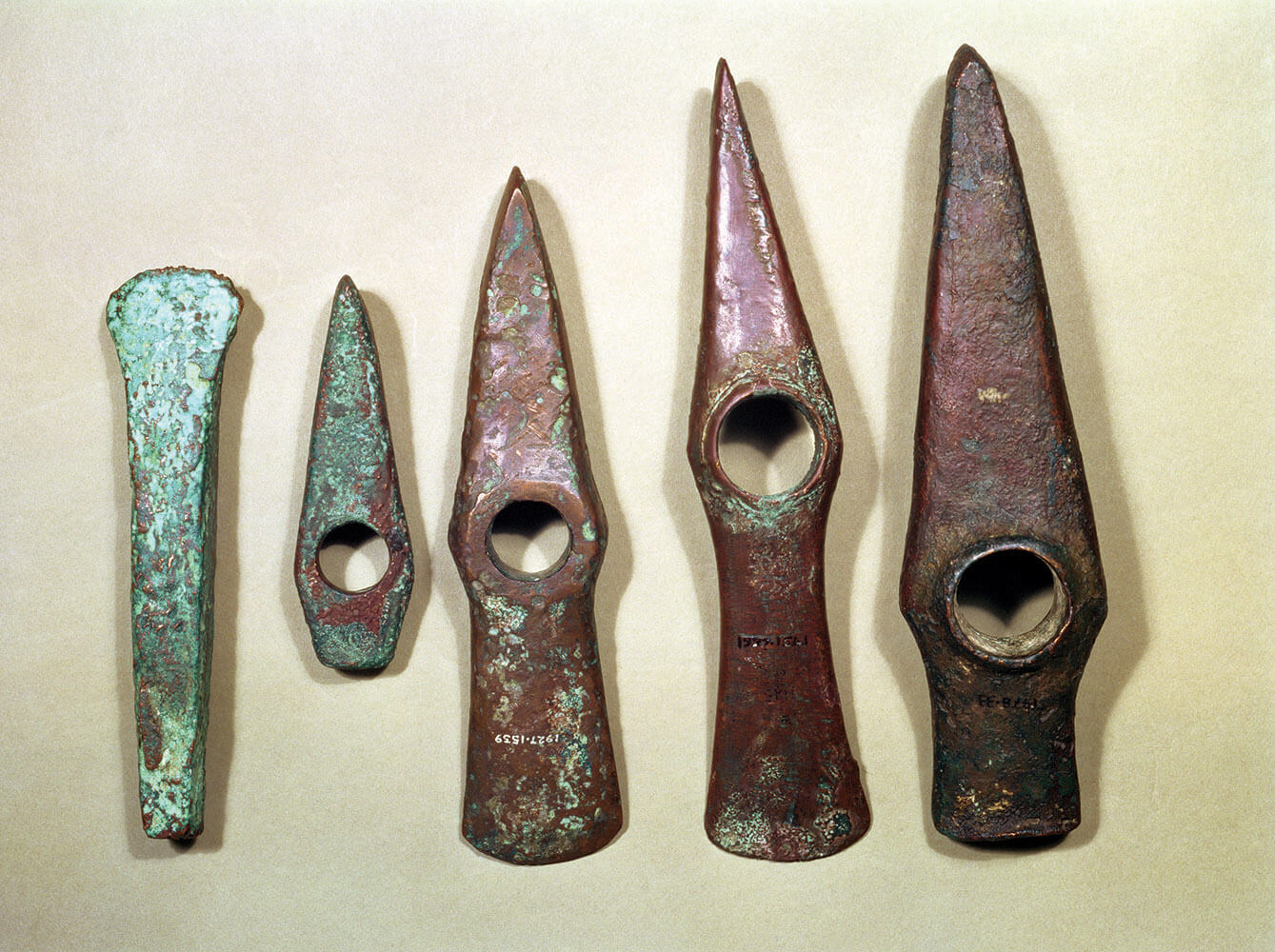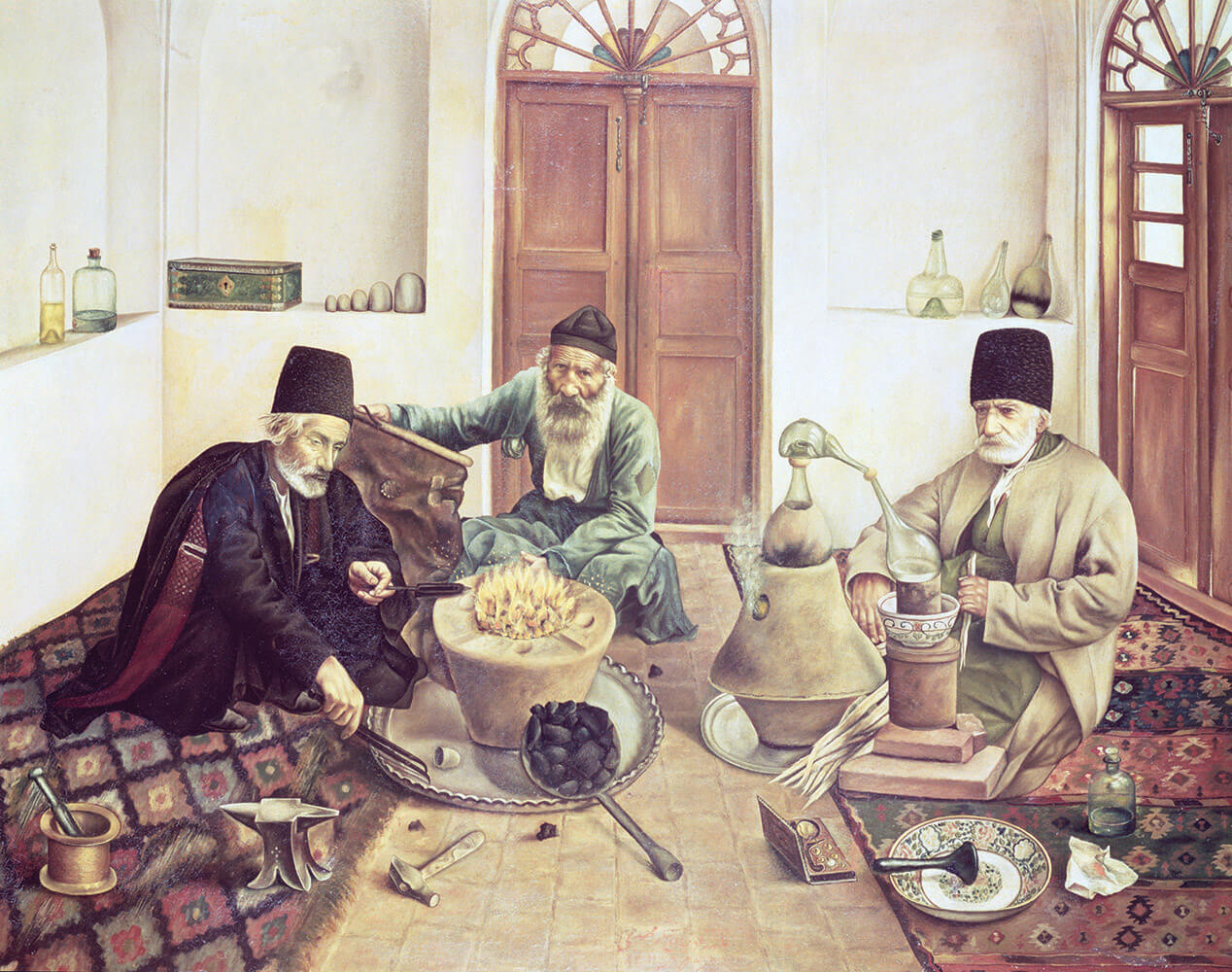Rowena Rae - Chemical World: Science in Our Daily Lives
Here you can read online Rowena Rae - Chemical World: Science in Our Daily Lives full text of the book (entire story) in english for free. Download pdf and epub, get meaning, cover and reviews about this ebook. year: 2020, publisher: Orca Book Publishers, genre: Children. Description of the work, (preface) as well as reviews are available. Best literature library LitArk.com created for fans of good reading and offers a wide selection of genres:
Romance novel
Science fiction
Adventure
Detective
Science
History
Home and family
Prose
Art
Politics
Computer
Non-fiction
Religion
Business
Children
Humor
Choose a favorite category and find really read worthwhile books. Enjoy immersion in the world of imagination, feel the emotions of the characters or learn something new for yourself, make an fascinating discovery.
- Book:Chemical World: Science in Our Daily Lives
- Author:
- Publisher:Orca Book Publishers
- Genre:
- Year:2020
- Rating:3 / 5
- Favourites:Add to favourites
- Your mark:
Chemical World: Science in Our Daily Lives: summary, description and annotation
We offer to read an annotation, description, summary or preface (depends on what the author of the book "Chemical World: Science in Our Daily Lives" wrote himself). If you haven't found the necessary information about the book — write in the comments, we will try to find it.
Despite people using both natural and synthetic chemicals with (mainly) good intentions, some chemicals have had unintended negative consequences.
Chemical residues have contaminated ecosystems the world over and are compromising the health of many ecosystems, animals and humans. The goal of Chemical World: Science in our Daily Lives is to introduce readers to basic chemistry and chemical history, and to show how chemicals are used for particular reasons but sometimes turn out to be harmful to environmental and human health. It invites readers to take a look at the world around them and ask questions about whats in their environment and how the things they use and eat every day can affect their own health and the planets health.
Chemical World: Science in Our Daily Lives explores some of the materialsall of which are made of basic chemical elementsthat humans use or come into contact with in their day-to-day lives. Some of these chemicals are naturally occurringclay, mercury, lead. Others have been synthesized by chemists during the past 150 years and used in a bewildering array of products ranging from roof shingles to toothpaste. Many chemical inventions, as well as naturally produced chemicals, have had profound effects on food supply, developing medicines and creating hosts of useful items for modern life.
Rowena Rae: author's other books
Who wrote Chemical World: Science in Our Daily Lives? Find out the surname, the name of the author of the book and a list of all author's works by series.

